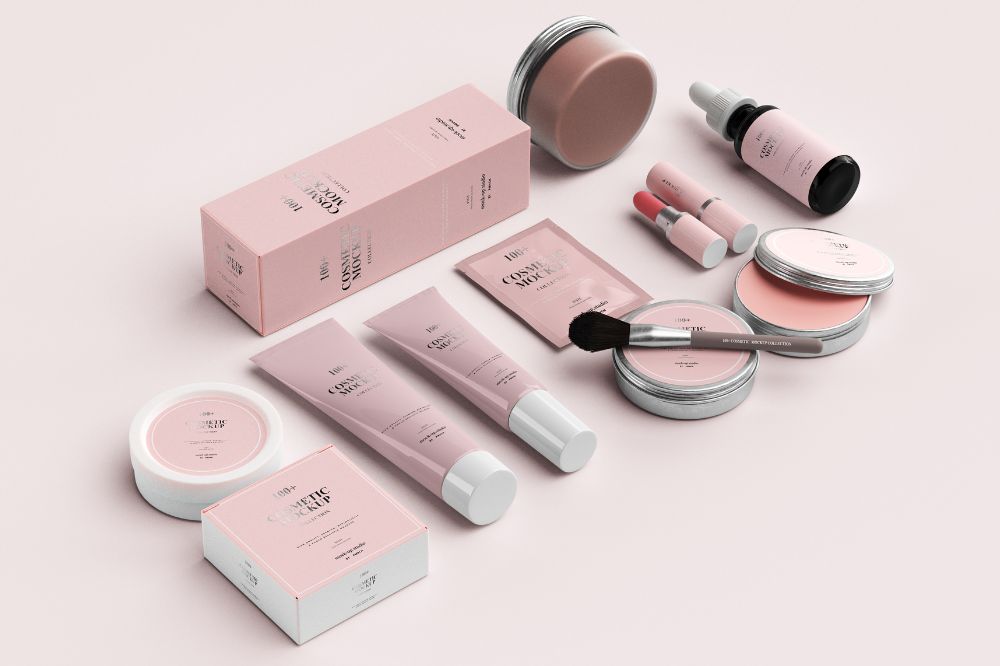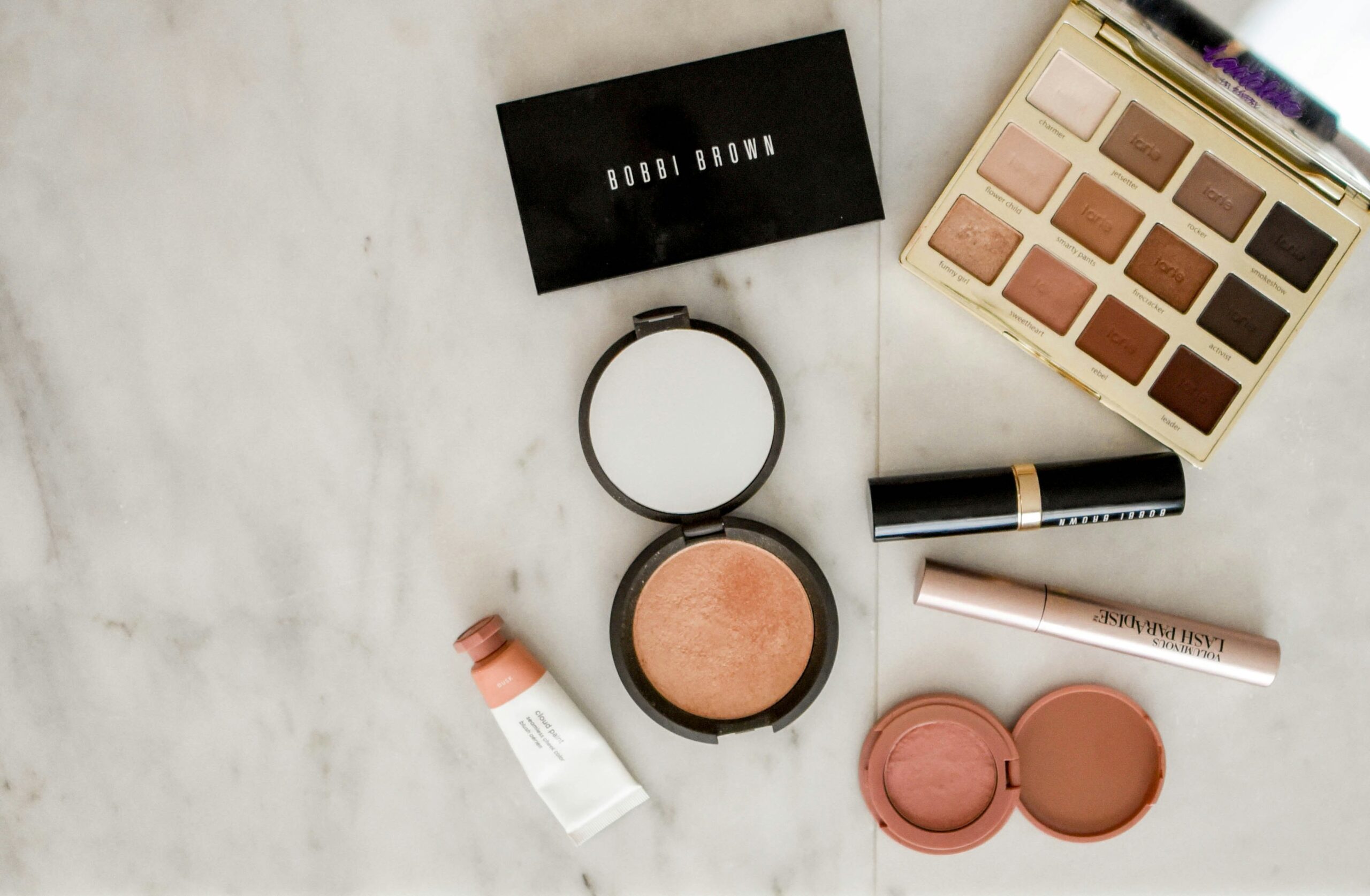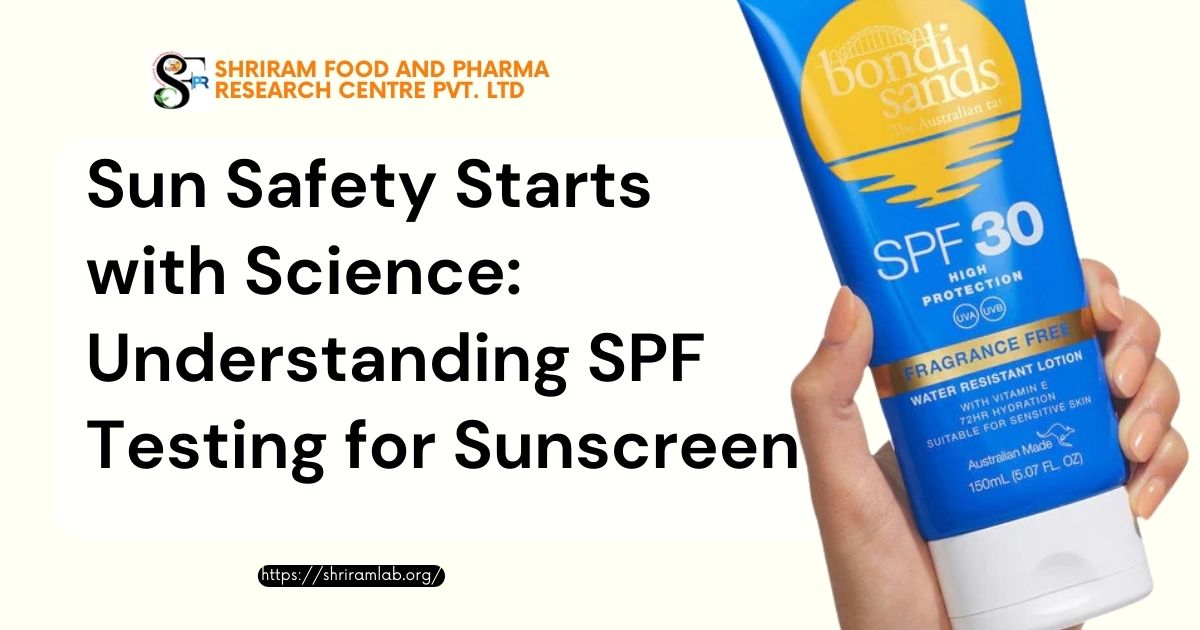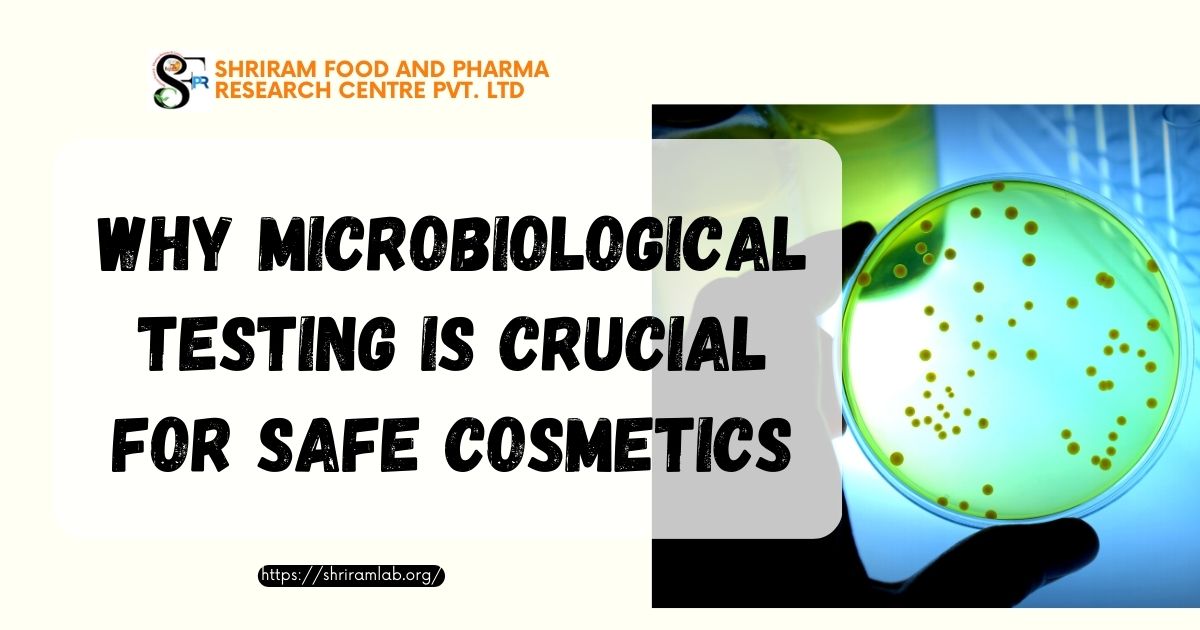In the glamorous world of cosmetics, where beauty meets science, quality control testing plays a pivotal role in ensuring that the products we use are not only safe but also effective. From lipstick shades to skincare creams, every cosmetic item undergoes rigorous quality control testing to meet industry standards and regulations. In this comprehensive guide, we will delve into everything you need to know about quality control testing in the cosmetic industry.
What is Cosmetic Quality Control?
Quality control testing is the process of assessing and evaluating cosmetic products to ensure they meet the defined quality and safety standards. This meticulous process includes a series of tests, inspections, and evaluations that start from the initial formulation phase and continue throughout a product’s lifecycle.
Why is Quality Control Testing Essential?
Quality control testing in the cosmetic industry is indispensable for several reasons:
- Safety: Ensuring that cosmetic products are safe for consumer use is a top priority. Quality control testing identifies potential irritants, allergens, or harmful substances that could cause adverse reactions.
- Consistency: Maintaining consistency in product quality is crucial for brand reputation. Testing helps ensure that every batch of a product meets the same quality standards.
- Regulatory Compliance: The cosmetic industry is subject to stringent regulations, and adherence to these rules is a legal requirement. Quality control testing helps companies stay compliant.
- Innovation: Quality control testing allows companies to innovate and create new products while ensuring that they meet industry standards.
Types of Quality Control Tests
Quality control testing in the cosmetic industry involves a multitude of tests, and here are some of the key ones:
1. Microbiological Testing
Microbiological testing checks for the presence of harmful microorganisms such as bacteria, yeast, and mold. Ensuring that cosmetic products are free from these contaminants is vital to prevent skin infections or other health issues.
2. Stability Testing
Stability testing evaluates a product’s shelf life and how it performs under various conditions like temperature and humidity. This ensures that the product remains effective and safe throughout its lifespan.
3. Sensory Evaluation
Sensory evaluation involves assessing the product’s smell, texture, and overall sensory experience. Consumers should not only feel good using a cosmetic product but also enjoy the experience.
4. Packaging Compatibility
The packaging of a cosmetic product must be compatible with the formulation. Testing includes checking for leakage, contamination, and the preservation of the product’s integrity.
5. Allergen and Irritant Testing
Allergen and irritant testing is crucial to identify substances that may cause allergies or irritation in users with sensitive skin.
6. Ingredient Testing
This test involves analyzing and confirming the presence and concentration of ingredients listed on the product label, ensuring that they are accurate.
7. Sunscreen Testing
Sunscreen products require specific testing to determine their Sun Protection Factor (SPF) and Ultraviolet (UV) radiation protection efficacy.
8. Heavy Metals Testing
Heavy metals such as lead, mercury, and cadmium can be toxic. Testing ensures that cosmetic products do not contain harmful levels of these substances.
Conclusion
In the world of cosmetics, ensuring that products are safe, effective, and meet regulatory standards is paramount. Quality control testing plays a crucial role in making this happen. From microbiological testing to stability assessments, the cosmetic industry leaves no stone unturned in delivering top-quality products to consumers.





